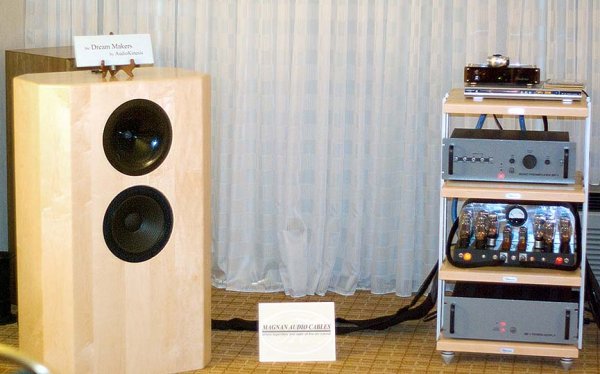Duke-I for one never felt you were snarky and took zero offense at anything you said. It would be nice to see some independent measurements of one of Ralph's current amps to see how they have improved. Has the S/N ratio improved over the years?
Thank you for not taking offense when you legitimately could have. (On the other hand, I think I was trying to be snarky... guess I'll have to try harder with the next guy...)
I remember a couple of years ago Ralph telling me about something he'd done that resulted in roughly an order of magnitude improvement in a particular area, both visible on the oscilloscope and audible (which apparently isn't always the case), but I don't remember the exact details. However I think it had to do with low-level behavior because I remember thinking that it was theoretically a very good place for an improvement based on my (admittedly limited) understanding of where Masking is and is not effective. I think this was the Mark 3.1 generation circuit.
Hopefully Ralph will come along and set the record straight.
















